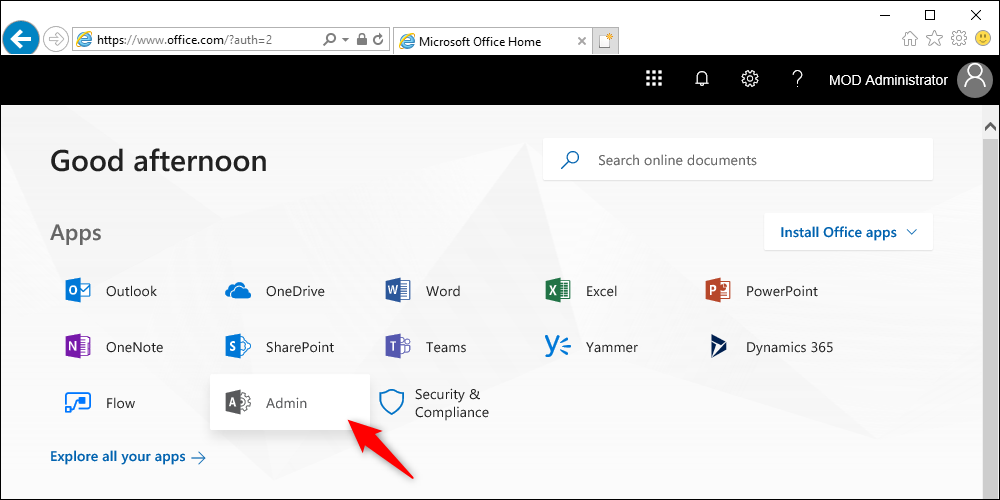
Remove All the Users With an Unlimited Count: get-msoluser -maxresults unlimited remove-msoluser –force. For more information on how to remove users from the Office 365 cloud, give the MessageOps team a call at 877-788-1617 or visit us online. For more Office 365 Tech Tips, click here. Sep 15, 2019 You can't manage or remove objects that were synchronized through the Azure Active Directory Sync tool. Content provided by Microsoft. Process must be completed before the objects can be changed by using Windows PowerShell or by using the cloud service portal. For Cause 2: You delete an object from an on-premises AD DS. However, the object.
-->Add new users or delete existing users from your Azure Active Directory (Azure AD) organization. To add or delete users you must be a User administrator or Global administrator.
Add a new user
You can create a new user using the Azure Active Directory portal.

To add a new user, follow these steps:
Sign in to the Azure portal as a User administrator for the organization.
Search for and select Azure Active Directory from any page.
Select Users, and then select New user.
On the User page, enter information for this user:
Name. Required. The first and last name of the new user. For example, Mary Parker.
User name. Required. The user name of the new user. For example,
mary@contoso.com.The domain part of the user name must use either the initial default domain name, <yourdomainname>.onmicrosoft.com, or a custom domain name, such as contoso.com. For more information about how to create a custom domain name, see Add your custom domain name using the Azure Active Directory portal.
Groups. Optionally, you can add the user to one or more existing groups. You can also add the user to groups at a later time. For more information about adding users to groups, see Create a basic group and add members using Azure Active Directory.
Directory role: If you require Azure AD administrative permissions for the user, you can add them to an Azure AD role. You can assign the user to be a Global administrator or one or more of the limited administrator roles in Azure AD. For more information about assigning roles, see How to assign roles to users.
Job info: You can add more information about the user here, or do it later. For more information about adding user info, see How to add or change user profile information.
Copy the autogenerated password provided in the Password box. You'll need to give this password to the user to sign in for the first time.
Select Create.
The user is created and added to your Azure AD organization.
Add a new guest user
You can also invite new guest user to collaborate with your organization by selecting Invite user from the New user page. If your organization's external collaboration settings are configured such that you're allowed to invite guests, the user will be emailed an invitation they must accept in order to begin collaborating. For more information about inviting B2B collaboration users, see Invite B2B users to Azure Active Directory
Add a consumer user
There might be scenarios in which you want to manually create consumer accounts in your Azure Active Directory B2C (Azure AD B2C) directory. For more information about creating consumer accounts, see Create and delete consumer users in Azure AD B2C.
Add a new user within a hybrid environment
If you have an environment with both Azure Active Directory (cloud) and Windows Server Active Directory (on-premises), you can add new users by syncing the existing user account data. For more information about hybrid environments and users, see Integrate your on-premises directories with Azure Active Directory.
Delete a user
Delete User Account From Pc
You can delete an existing user using Azure Active Directory portal.
To delete a user, follow these steps:
Sign in to the Azure portal using a User administrator account for the organization.
Search for and select Azure Active Directory from any page.
Search for and select the user you want to delete from your Azure AD tenant. For example, Mary Parker.
Select Delete user.
The user is deleted and no longer appears on the Users - All users page. The user can be seen on the Deleted users page for the next 30 days and can be restored during that time. For more information about restoring a user, see Restore or remove a recently deleted user using Azure Active Directory.
When a user is deleted, any licenses consumed by the user are made available for other users.
Note
You must use Windows Server Active Directory to update the identity, contact information, or job information for users whose source of authority is Windows Server Active Directory. After you complete your update, you must wait for the next synchronization cycle to complete before you'll see the changes.
Next steps
After you've added your users, you can do the following basic processes:
How To Delete A User From Computer
Or you can do other user management tasks, such as adding guest users from another directory or restoring a deleted user. For more information about other available actions, see Azure Active Directory user management documentation.
Home > How to delete a user from Office 365 which has been synced with Dirsyncposted 15 Jul 2014, 06:27 by Colum Brady
|